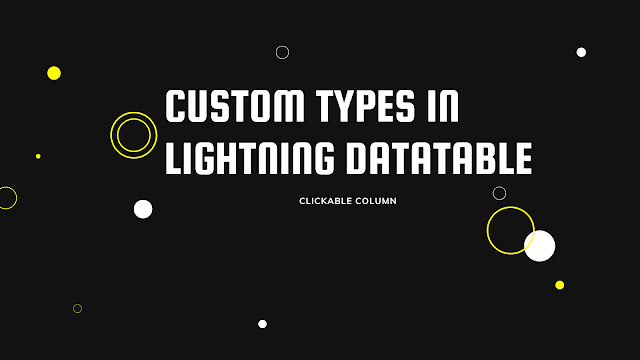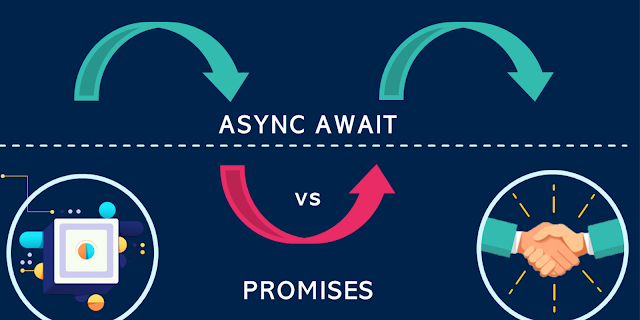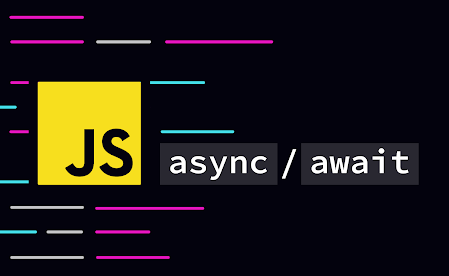carFilter and carCard Components
Go to Lightning App Builder and create an App Page, “Car Explorer” and add the components “carFilter”, “carTileList” and “carCard” in the page and click on Save.
Go to App Manager , create a new lightning app “CAR_HUB”. Add the app page “Car Explorer” and Car object in the navigation items.
Go to App Launcher and Search for “CAR_HUB”. Test the functionality.
carFilter and carCard Components Read More »





